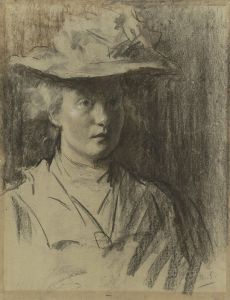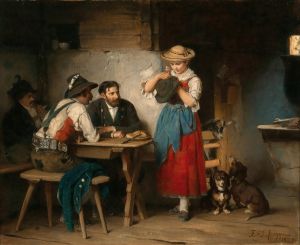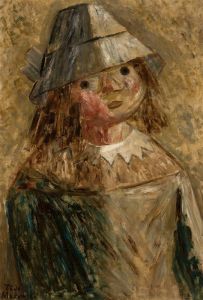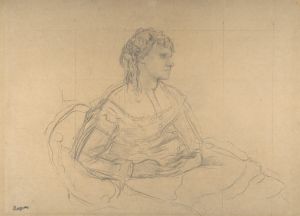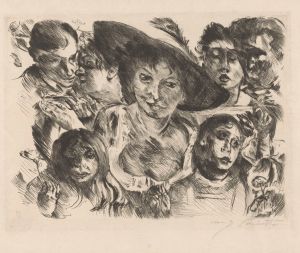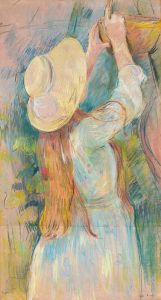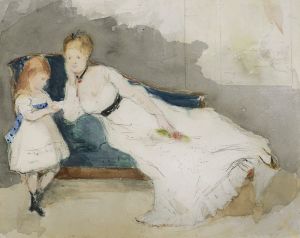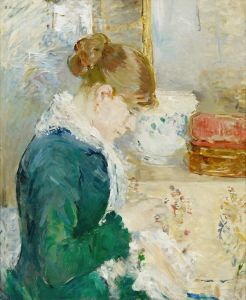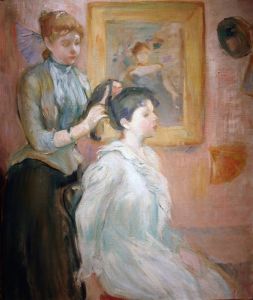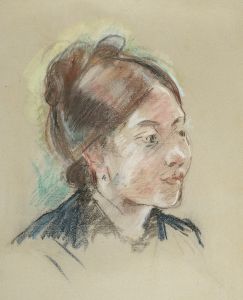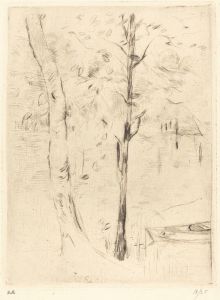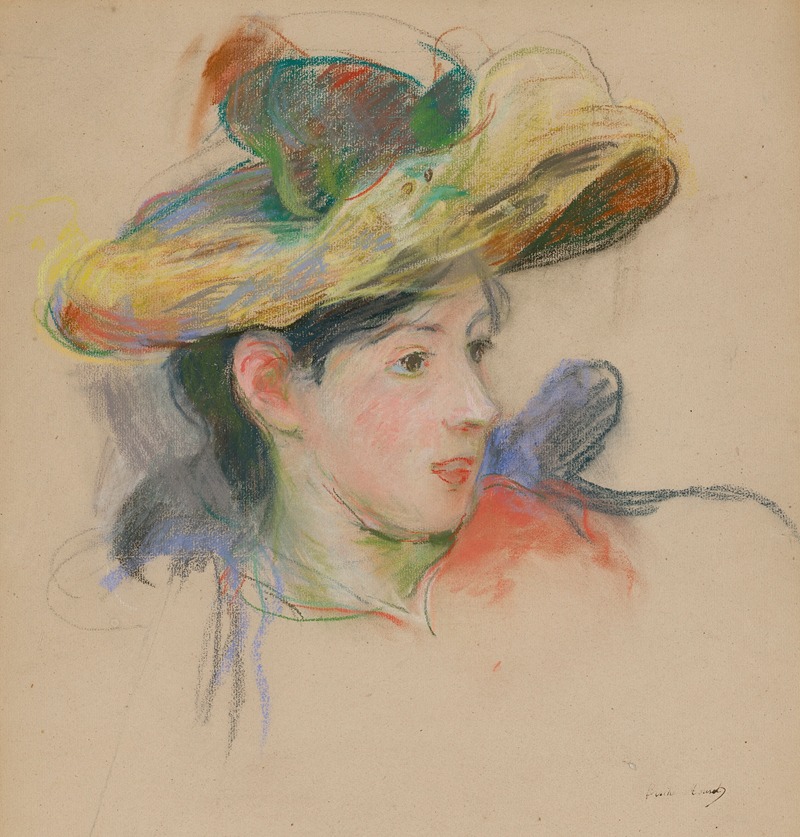
Jeanne Pontillon au chapeau
A hand-painted replica of Berthe Morisot’s masterpiece Jeanne Pontillon au chapeau, meticulously crafted by professional artists to capture the true essence of the original. Each piece is created with museum-quality canvas and rare mineral pigments, carefully painted by experienced artists with delicate brushstrokes and rich, layered colors to perfectly recreate the texture of the original artwork. Unlike machine-printed reproductions, this hand-painted version brings the painting to life, infused with the artist’s emotions and skill in every stroke. Whether for personal collection or home decoration, it instantly elevates the artistic atmosphere of any space.
Jeanne Pontillon au chapeau is a painting by the French Impressionist artist Berthe Morisot. Created in 1890, the work is an oil on canvas that exemplifies Morisot's distinctive style, characterized by loose brushwork, a light color palette, and an emphasis on capturing fleeting moments of modern life. The painting depicts Jeanne Pontillon, who was the artist's niece, wearing a hat. Morisot often painted members of her family and close acquaintances, making her works deeply personal and intimate.
Berthe Morisot was one of the founding members of the Impressionist movement and one of its most prominent female artists. She was known for her focus on domestic scenes, portraits, and depictions of women and children, often portraying them in natural and relaxed settings. Jeanne Pontillon au chapeau reflects Morisot's interest in exploring the subtleties of human expression and the interplay of light and color.
The painting demonstrates Morisot's mastery of Impressionist techniques, particularly her ability to convey texture and atmosphere through her brushstrokes. The soft, fluid application of paint creates a sense of immediacy and liveliness, drawing the viewer into the subject's world. The use of light tones and delicate contrasts enhances the overall impression of warmth and intimacy.
Jeanne Pontillon au chapeau is part of Morisot's broader body of work that challenged traditional artistic conventions of her time. As a female artist in 19th-century France, Morisot faced significant societal and institutional barriers, yet she achieved recognition for her innovative approach and contributions to the Impressionist movement. Her works, including this painting, continue to be celebrated for their emotional depth and technical brilliance.
The painting is currently housed in a private collection, and its exact provenance is not widely documented. However, it remains an important example of Morisot's artistic legacy and her ability to capture the essence of her subjects with sensitivity and nuance.





